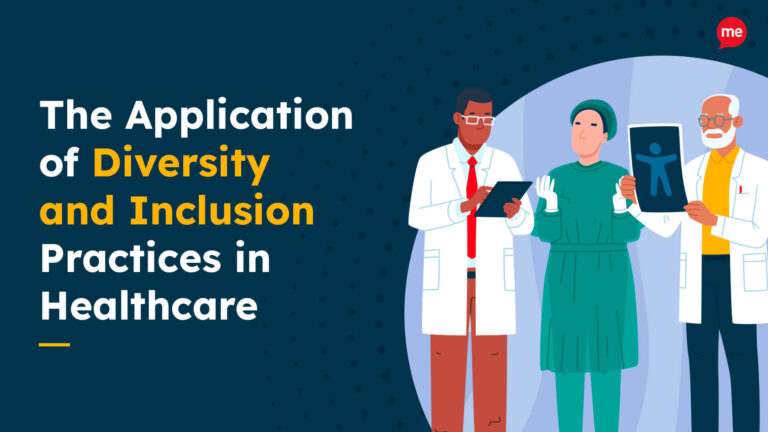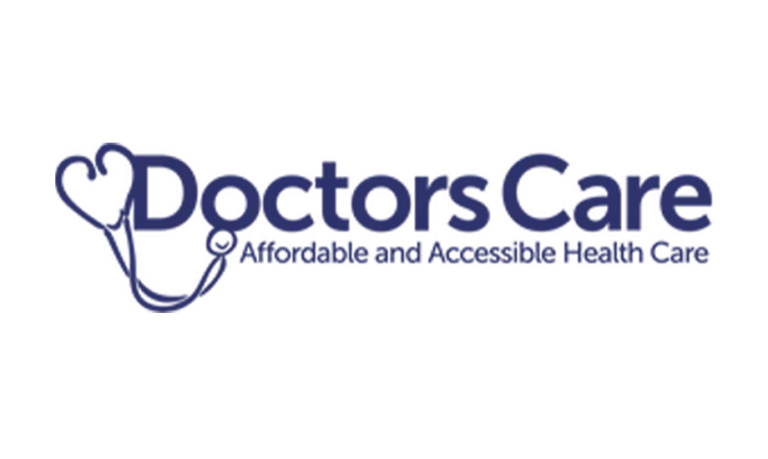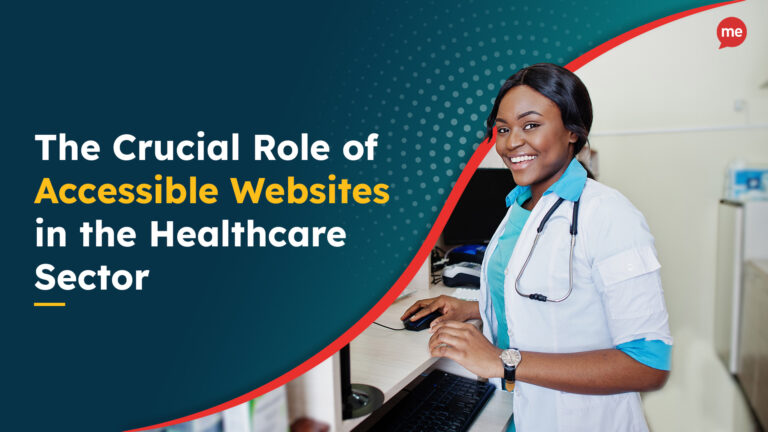On average, 1 in every 4 people has a physical, visual, auditory, cognitive, or neurological disability. That’s 20% of the population. Yet financially, this group accounts for up to 37% of all healthcare expenditure.
By very nature, individuals with disabilities need more regular checkups, treatment, and assistance from health organizations. That’s why healthcare providers must make the information on their websites accessible. Otherwise, disabled people face further barriers and risk receiving an unequal standard of care.
Who Needs Help Accessing Healthcare Online?
People go online for several healthcare-related reasons, including:
- Finding a doctor
- Making appointments
- Researching symptoms
- Paying medical bills
- Buying medical insurance
- Accessing test results
People with physical impairments and injuries may struggle to use smaller devices like smartphones and tablets to do this, and may also have difficulty using a mouse. But it’s not only physical disabilities that need to be accommodated.
Hidden Disabilities
Websites need to be accessible so that people with hidden disabilities like cognitive and neurological disorders, visual impairments, and language barriers can access the information easily. This involves making adjustments for internet users with a range of conditions, including:
- Dyslexia
- Hyperlexia
- Dyspraxia
- ADHD
- Autism
- Epilepsy
- Deafblindness
- Color blindness
- Speaking/reading English as a second language
Our Aging Population
Over 703 million of the global population are aged 65 years or over, and this figure is projected to double to 1.5 billion by 2050.
As the aging population increases, so does the overall percentage of people with disabilities, visual impairments, and hearing loss. Often, multiple accessibility adjustments are required to support the elderly online because many already struggle with one of the hidden disabilities listed above combined with the general barriers that old age brings.
A Global Perspective
The total number of people with a disability is estimated to be over 1 billion, making the disabled the largest minority group in the world. And that number doesn’t even account for visual impairments, cognitive and neurological disorders, or linguistic disadvantages. Plus, as many learning difficulties and neurological conditions go undiagnosed, the actual figures are likely even higher.
Accessibility Law
Making information about healthcare accessible to all citizens is vital so people can access information and make the right decisions about their medical needs. But it’s not just the right thing to do. It is expected by law that service providers do not treat disabled people less favorably.
USA – The Americans with Disabilities Act (ADA) requires that companies make accommodations for disabled users with specific regard to web accessibility.
UK – The Equality Act of 2010 states that providers must consider ‘reasonable adjustments’ for disabled people online.
Australia – The Disability Discrimination Act (DDA) requires equal online access for people with disabilities.
Private Vs Public Sector
In many countries, public sector bodies are expected to meet Web Content Accessibility Guidelines (WCAG) 2.1 accessibility Level AA standards. However, it’s not just public bodies that need to consider online accessibility. Private health organizations need to provide support too. After all, an inaccessible website means that 1 in 4 people cannot access your services.
The consumer spending power of disabled people and their families is considerable. In the US, the equivocal figure is about USD490 billion, while in the UK, it equates to £24.8 billion per year. In Australia, the total disposable income of the disabled market sits at AUD54million per annum.
Web Accessibility Guidelines
Accessibility laws and the WCAG are based on four cornerstone principles that allow anyone to access and use web content. You can download a summary of the regulations here, but some of the key points include:
- Using a content management system that supports accessibility
- Being keyboard friendly
- Using headings correctly to structure content
- Avoiding heavy text environments
- Using alt text tags for all images and videos
- Using high contrast between text and background
- Giving descriptive names to links
- Making documents such as PDFs, Microsoft Word docs, and any other online forms accessible
- Ensuring page headings are displayed correctly
- Allowing people using screen readers to navigate around the website easily
- Adding web accessibility software
Web Accessibility Software from Recite Me
The Recite Me Assistive Toolbar makes it possible for websites to easily comply with the four cornerstone principles laid out in the guidelines by ensuring that online content is:
Perceivable – Our toolbar allows content to be perceived via sound or enhanced visual means.
Understandable – Our styling features allow people to change how content is displayed for personal ease of use.
Operable – Our technology allows users to track their location on a page via the screen reader navigation feature.
Robust – Once Recite Me is installed on your website, you will receive regular updates and always have the latest version.
With our accessibility software installed on their websites, health organizations worldwide can offer their users barrier-free access to critical information.
It’s about more than simply making a website accessible, though. The ability to make multiple adjustments to suit individual needs results in a genuinely inclusive online experience. Users can:
- Personalize font size, type, and color options to make each web page easier to read.
- Download content as an audio file as an alternative to reading.
- Access text to speak functions in 65 different languages.
- Have text read aloud at varying speeds.
- Convert text into over 100 different on-screen languages.
- Utilize a screen mask and ruler for better focus.
- Make use of the toolbar’s built-in dictionary and thesaurus.
- Switch to “text-only” mode to strip away graphics and page clutter.
“Our mission extends beyond our clients to anyoen that needs additional support with accessing information about Trumpet Behavioral Health (TBH)’s services. All of us at TBH are proud to support and serve all individuals seeking our services by increasing the accessibility of our website in parternship with Recite Me”
Josh Sleeper, Chief Operating Officer, Trumpet Behavioral Health
We are proud to work with several leading healthcare providers already, including National Health Council, several NHS trusts, various regional Healthwatch community groups, multiple health charities, and many private healthcare companies.
Healthcare Sector Data
Over the 12 months, Recite Me made thousands of health-related website pages accessible. Our data shows that:
- The Recite Me assistive toolbar was launched 83,809 times
- Over 360,379 health-related web pages were viewed using the toolbar
- On average, Recite Me users viewed 4.3 pages of an accessible website per visit, almost double the internet average of just 2.5 pages per visit.
- Over 37,000 individual styling changes were made by users accessing healthcare sites.
- Over 120,000 pieces of content were translated into multiple different languages including Arabic, Polish, Portuguese, Italian and Finnish.
Case Studies
The Government of South Australia
Our toolbar data from the SA Health website shows that over the last 12 months:
- Over 41,000 web pages were viewed using the Recite Me toolbar.
- The average website journey was 5.57 pages per visit, way above the internet average of 2.8 pages.
- The most commonly used feature was the screen reader, with 64% of toolbar users choosing to have content read aloud.
- Over 20,000 pieces of content were translated into Chinese, French, Taiwanese, Japanese, and Spanish.
NHS Public Health Wales
In the first month of launching the Recite Me toolbar, there were over 1600 unique users.
“We know the information on our website needs to be available in different formats and languages to reach our diverse audiences, so we worked hard to find a solution that makes the information we publish online more accessible.”
Rebecca Fogarty, Engagement and Collaboration Manager at NHS Public Health Wales
Become Inclusive Today
By choosing not to make websites accessible, healthcare providers are creating access barriers for many people who need help the most.
We urge all public, private, and non-profit organizations in the healthcare sector to make sure their web content is fully accessible to everyone by taking the following steps:
- Ensure your website build is up to date for accessibility best practices and the relevant legal requirements.
- Develop a thorough understanding of the WCAG and ensure any required updates are completed for compliance.
- Look into assistive technology solutions like the Recite Me toolbar that combine accessibility and usability to create an inclusive online experience for all users.
You can find out more about the healthcare organizations that use Recite Me software on our sector pages. If you would like to speak to one of the team about booking a demonstration of our assistive toolbar or would like any further information, please contact us, and we’ll be happy to assist you. Alternatively, you can check out our free to use accessibility checker.


